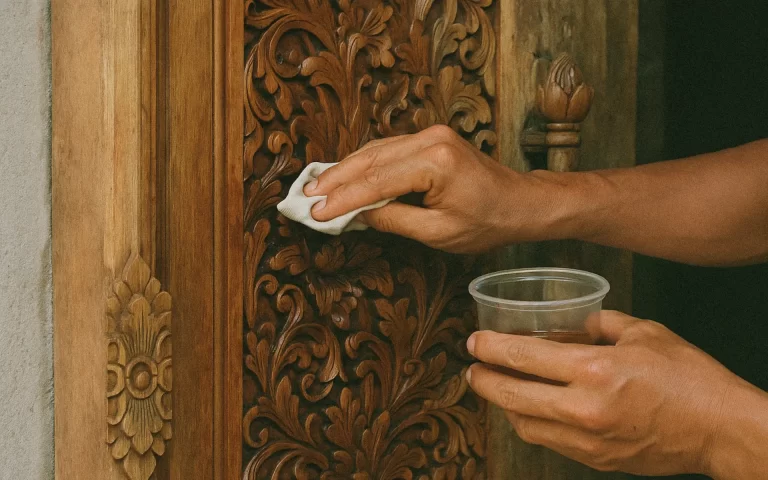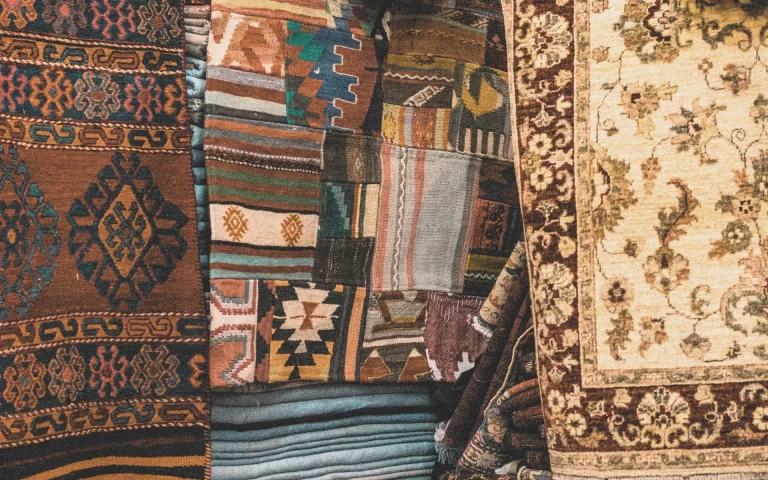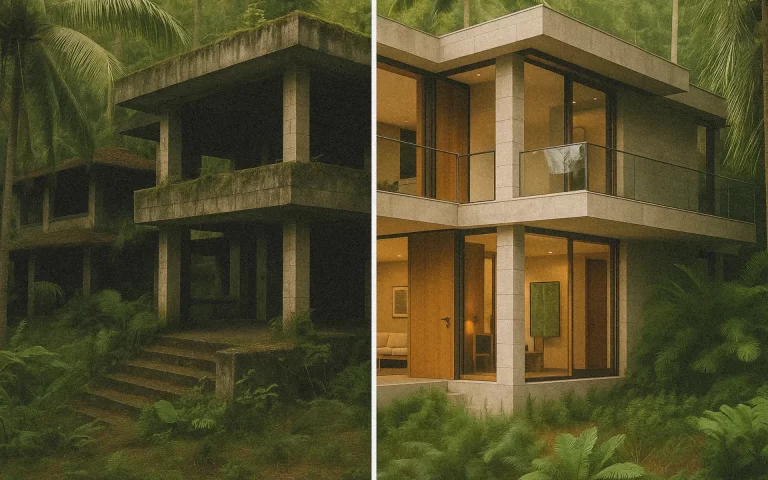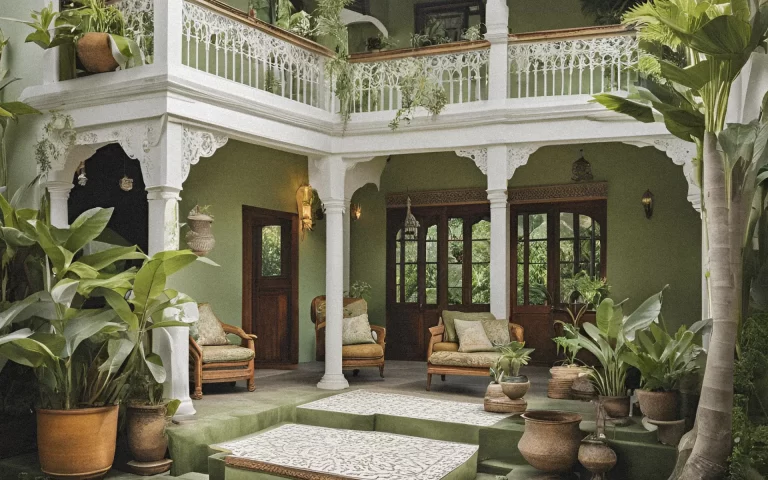Just a heads-up:
We’re not contractors, architects, or legal advisors. Every renovation project is unique, and older buildings love throwing surprises at you. This guide helps you understand who you need on your team, but for actual hiring decisions, do your homework and check references thoroughly.
This article builds on our recent feature uncovering Bali’s overlooked architectural gems. Read it first here: Bali’s Architectural Goldmine: The Older Homes Everyone’s Overlooking
So you’ve fallen for one of Bali’s gorgeous older properties — maybe a 1970s tropical modernist gem or a colonial-influenced beauty with original teak details. Now comes the crucial part: assembling a team that can turn your vision into reality without turning your renovation into a cautionary tale.
Here’s who you need, how to find them, and what questions to ask to make sure you’re working with people who actually get what makes older properties special.
The Core Team: Your Renovation A-List
The Architect Who Gets Heritage
Not all architects understand older properties. You need someone who sees original features as assets, not obstacles.
What to look for:
- Actual experience with heritage or vintage renovations (ask for specific examples and photos)
- Understanding of tropical climate requirements and how older buildings were designed to work with the environment
- Ability to balance preservation with modernization
- Knowledge of local building codes and any heritage restrictions
- Portfolio that shows respect for original architectural character
Questions to ask:
- “Can you show me three older properties you’ve renovated and explain your approach to each?”
- “How do you decide what to preserve versus what to modify?”
- “What’s your experience with [specific era/style] properties?”
- “How do you handle integrating modern systems without compromising character?”
Red flags:
- Immediately suggesting you gut everything
- Not seeming excited about original features
- Unable to explain why certain older design elements actually work well
- Portfolio that shows only new construction or heavily modernized renovations
Where to find them:
- Referrals from other renovation owners (especially those with similar properties)
- Indonesian Institute of Architects (IAI) with heritage specialization
- Online portfolios and architectural publications focusing on Southeast Asian design
Helpful Resources:
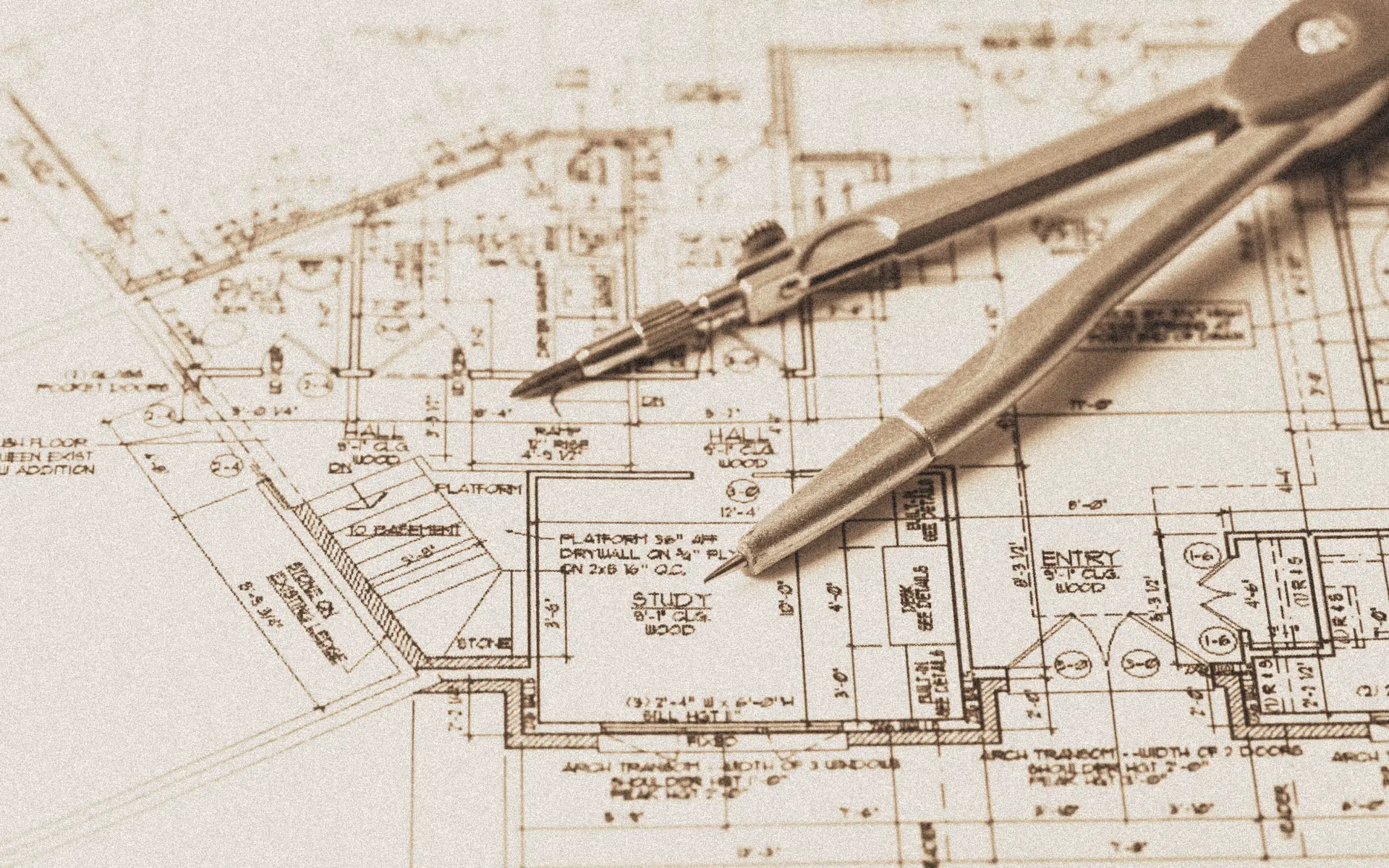
The Contractor Who's Seen It All
Your contractor needs to be comfortable with surprises and understand that older buildings don’t follow modern construction logic.
Essential qualities:
- Experience specifically with older properties (not just general construction)
- Knowledge of traditional building techniques and materials
- Realistic approach to timelines and budgets
- Strong relationships with specialty craftspeople
- References from renovation projects you can visit
Interview questions:
- “What’s the weirdest thing you’ve found behind walls?” (If they don’t have stories, they haven’t done enough renovations)
- “How do you handle unexpected structural issues?”
- “What traditional building techniques are you familiar with?”
- “Can I contact three recent renovation clients?”
- “How do you manage timeline delays caused by discoveries?”
Red flags:
- Promises that everything will go perfectly according to plan
- Unwillingness to provide detailed references
- Significantly lower quotes than other experienced contractors (usually means they don’t understand the complexity)
- Push to start immediately without proper planning phase
Finding the right contractor:
- Word-of-mouth from other renovation owners
- Local architectural firms’ recommended contractors list
- Visit properties they’ve worked on and talk to the owners
- Indonesian Contractors Association (GAPENSI) members with heritage experience
Helpful Resources:
The Legal Navigator
Older properties often come with complex histories. Your notaris needs to specialize in these complications.
Must-have expertise:
- Experience with older or heritage properties
- Understanding of cultural and heritage restrictions
- Ability to navigate complex ownership structures and title issues
- Knowledge of properties with multiple ownership transitions
- Familiarity with renovation permit requirements for older buildings
Questions to ask:
- “How many older properties have you handled in the past year?”
- “What’s the most complex ownership situation you’ve resolved?”
- “Are there any heritage or cultural restrictions I should know about?”
- “What permit complications might arise with this type of renovation?”
Where to find them:
- Referrals from your architect or real estate agent
- Indonesian Notary Association (INI) with heritage property experience
- Other renovation owners in your area
- Local legal firms specializing in property law

The Specialist Squad: When You Need the Experts
Heritage Restoration Specialists
For properties with significant traditional elements, you’ll need craftspeople who understand historical techniques.
When you need them:
- Traditional joglo structures requiring restoration
- Original carved woodwork that needs repair
- Traditional lime plaster work
- Antique tile or stone restoration
- Historical roofing techniques
How to find them:
- Referrals from heritage conservation organizations
- Traditional craft guilds and associations
- Museums and cultural sites (they often work with the same specialists)
- Your architect’s network of trusted craftspeople

Structural Engineers
Essential for older buildings, especially if you’re making significant modifications.
What they should understand:
- Traditional building techniques and materials
- How older structures were designed to handle tropical conditions
- Integration of modern reinforcement with traditional methods
- Seismic considerations for older buildings in Indonesia
Traditional Materials Suppliers
Finding authentic materials often requires specialized suppliers.
What you might need:
- Reclaimed teak and traditional hardwoods
- Traditional roof tiles (genteng)
- Natural lime for traditional plaster
- Traditional stone materials
- Period-appropriate hardware and fixtures
Building Your Extended Network
The Photography Documentation Team
Before any work begins, document everything professionally. This team includes:
- Professional photographer for comprehensive before photos
- Drone operator for exterior and site documentation (if permitted)
- Measured drawing specialist for accurate architectural documentation

The Systems Integration Specialists
Modern comfort in older buildings requires specialists who understand both worlds:
- Electrical engineers experienced with heritage buildings
- Plumbing specialists familiar with older pipe materials and routing challenges
- HVAC designers who understand how to work with natural ventilation systems
- Home automation specialists (if desired) who can integrate technology invisibly
Red Flags Across All Categories
During Initial Meetings
- Reluctance to visit the property before providing quotes
- Inability to provide local references you can contact
- Significantly different pricing from other qualified professionals
- Pressure to sign contracts immediately
- Lack of proper licensing or insurance documentation
Communication Red Flags
- Poor English communication (if that’s important for your project)
- Unwillingness to explain their process or methodology
- Defensive responses to questions about experience or references
- Inability to provide clear timelines or milestone schedules
Professional Standards Issues
- No proper business registration or tax identification
- Lack of appropriate insurance coverage
- Unwillingness to provide detailed written contracts
- Cash-only payment requirements
- No clear process for handling changes or complications
Managing Your Team Effectively
Communication Systems
Establish clear protocols from the start:
- Regular team meetings with all key players present
- Shared communication channels (WhatsApp groups work well in Indonesia)
- Photo update systems for remote decision-making
- Clear escalation procedures for problems or discoveries
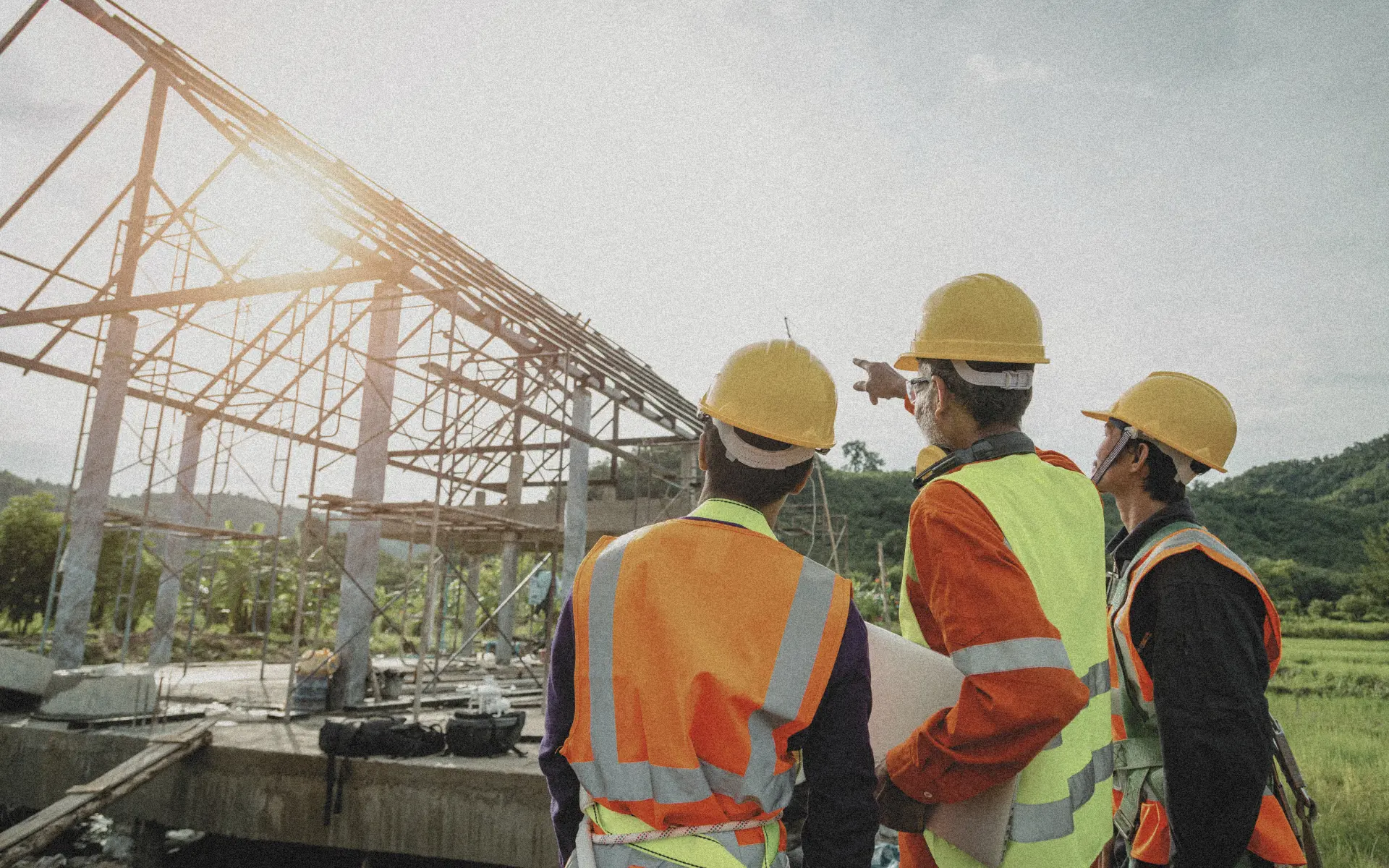
Decision-Making Framework
Create clear processes for:
- Minor decisions: Who can make them without consultation
- Major changes: When full team consultation is required
- Emergency decisions: How to handle urgent structural or safety issues
- Budget changes: Approval processes for cost overruns
Quality Control Systems
Build in regular checkpoints:
- Material approvals before ordering or installation
- Work quality reviews at key milestones
- Regular budget and timeline assessments
- Documentation of any changes or discoveries
The Investment in Getting It Right
Why Good Teams Cost More
Quality professionals charge appropriately for their expertise:
- Heritage specialists command premium rates for specialized knowledge
- Experienced contractors build realistic contingencies into their pricing
- Good architects spend time understanding your property before proposing solutions
- Proper legal work prevents expensive problems later
The Cost of Getting It Wrong
Hiring the wrong team can result in:
- Structural damage that costs more to fix than doing it right initially
- Legal complications that delay or halt your project
- Loss of original architectural features that can’t be replaced
- Poor integration of modern systems that require redoing later
- Timeline delays that extend carrying costs and frustration
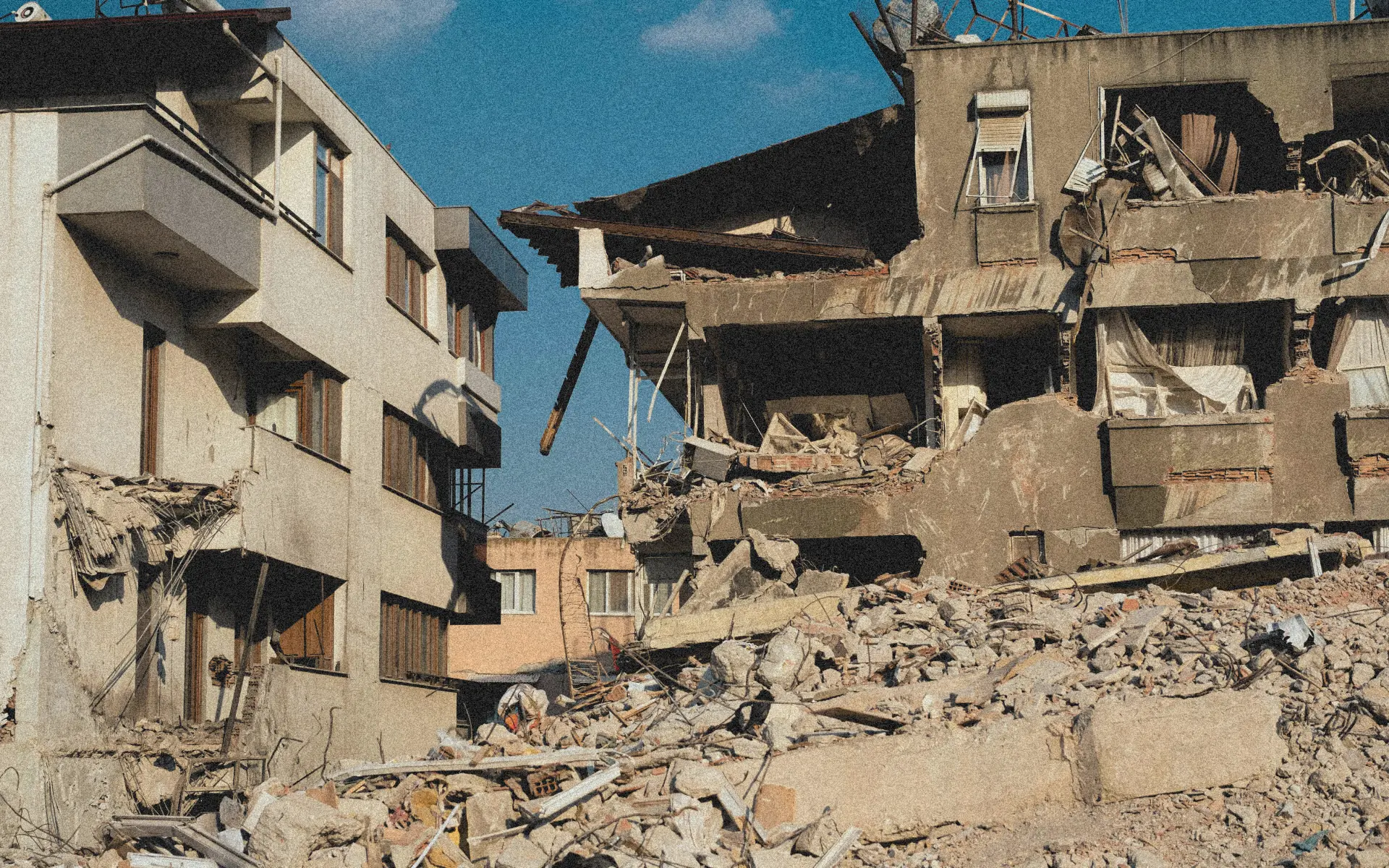
Building Long-Term Relationships
Maintenance and Future Projects
The best team members become long-term partners:
- Your architect may design future additions or modifications
- Contractors familiar with your property can handle ongoing maintenance
- Specialist craftspeople can return for repairs or updates
- Legal advisors can help with future property transactions
Knowledge Transfer
Ensure your team documents:
- All materials used and their sources
- Specific techniques employed in restoration
- Location of modern systems and access points
- Maintenance requirements for restored elements
- Contact information for specialty suppliers and craftspeople
The Bottom Line
Building the right team for your Bali renovation isn’t just about finding people who can do the work — it’s about finding people who understand and respect what makes your older property special. The best team members will be as excited about preserving your property’s character as you are, while bringing the technical expertise to integrate modern living seamlessly.
Take time in the selection process. Check references thoroughly. Visit other projects. Ask detailed questions. The extra effort in building your team will pay dividends throughout your renovation and long after it’s complete.
Remember: in renovation, as in life, you generally get what you pay for. Invest in professionals who understand that older properties aren’t just buildings to be updated — they’re pieces of Bali’s architectural history that deserve to be preserved thoughtfully for future generations.
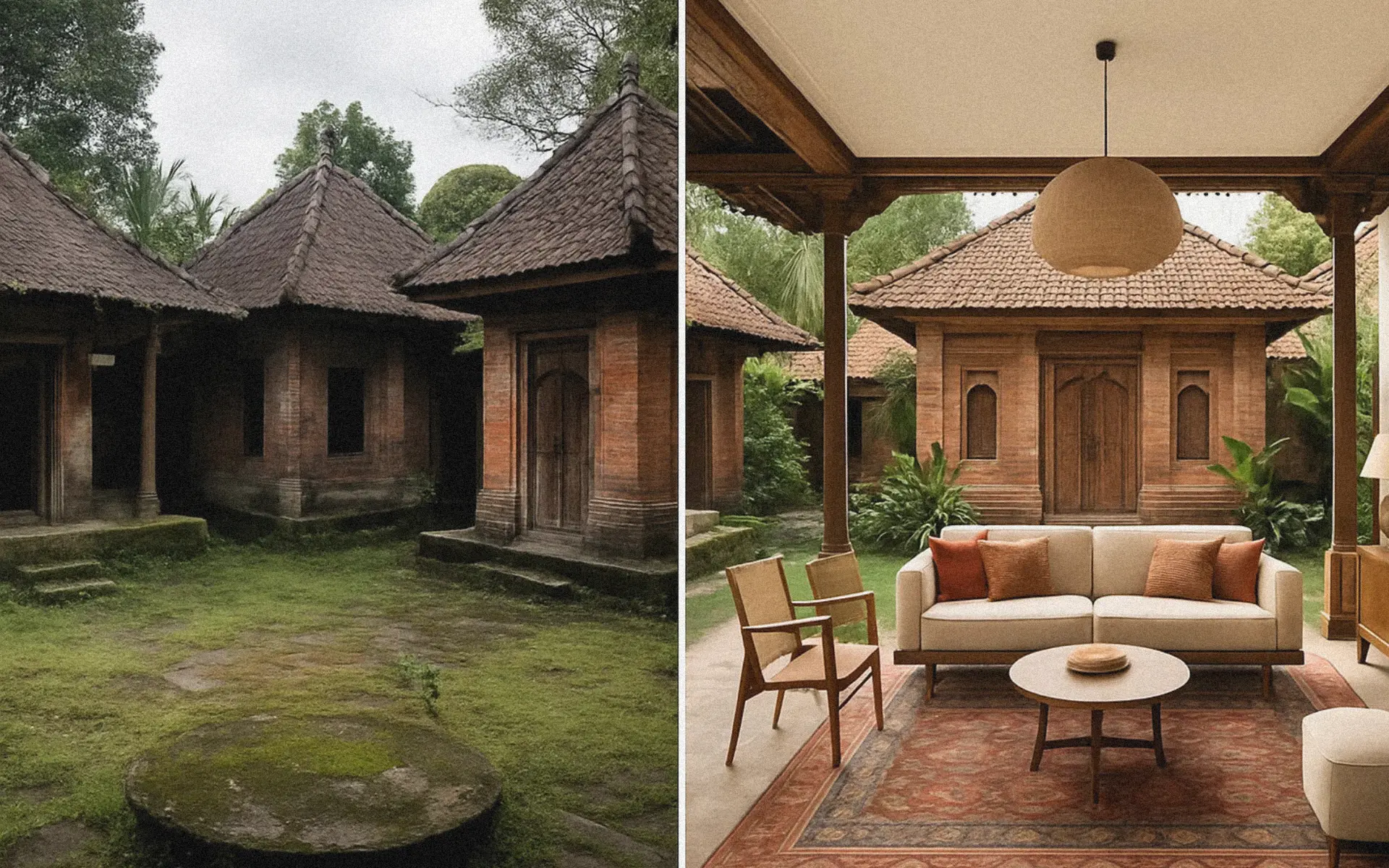
Continue reading...
Team in hand, vision in place—now comes the reality check: the budget.
Explore what it really takes: The Real Costs of Reviving Bali’s Classic Villas and Compounds.

